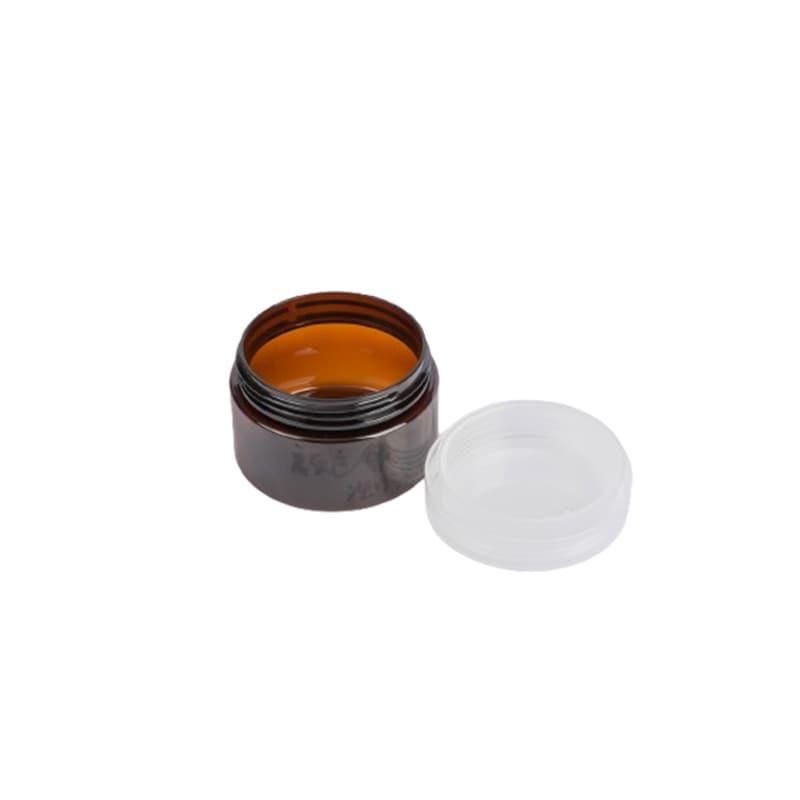Plastic injection molding technology has developed from simple toy manufacturing to the core technology supporting modern industry since it was born at the end of 19th century. Its core principle is to melt plastic particles at high temperature, inject the melt into precision mould by high pressure, and form parts with complex geometry after cooling and curing. This process seems simple, but it actually involves the deep integration of material science, fluid mechanics and thermodynamics. For example, in automobile manufacturing, components such as instrument panel skeleton and sensor housing need to be combined with high strength through injection molding, which not only reduces the weight of the car body, but also meets the collision safety standards.in fact plastic injection molding parts It is more and more welcomed by our customers, and its market performance is gradually improving. https://www.tigerbrotherplastic.com/
In the technological evolution, multi-component injection molding has become a breakthrough direction. The traditional process needs to produce parts of different materials step by step and then assemble them, while the new multi-component equipment can inject two or more plastics simultaneously to realize the integrated molding of soft and hard materials. This technology is widely used in the shell design of electronic products: the outer layer is made of wear-resistant hard plastic and the inner layer is embedded with anti-slip soft rubber, which not only improves the grip comfort, but also reduces the production cycle and cost. In addition, micro-injection molding technology is promoting the innovation in the medical field. Through sub-micron precision control, micro-valves or implantable sensor housings for drug delivery can be manufactured, and the dimensional error should be controlled within 1% of the diameter of hair.
Under the pressure of environmental protection, the industry is accelerating its transformation to a sustainable direction. A breakthrough has been made in the research and development of bio-based plastics. The degradable materials with corn starch and bagasse as raw materials can naturally decompose within 180 days after being discarded while maintaining their original properties. The closed-loop utilization system of recycled plastics is also improving. By adding modifiers and optimizing process parameters, waste plastics can be reused to produce automobile interior parts or household appliance shells after sorting, cleaning and granulation, and the recycling rate of resources is over 90%.